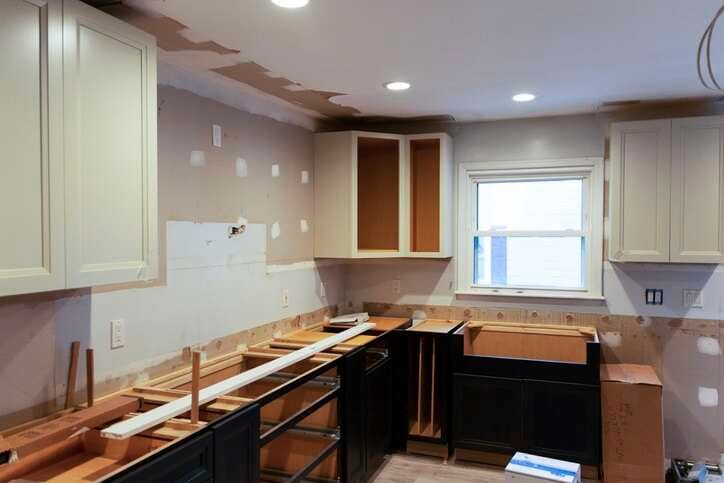
Most homeowners are interested in making their homes better over time, whether it’s to improve the environment, increase the resale value, or both. But home upgrades can be ludicrously expensive, especially if you don’t approach them strategically. A single kitchen or bathroom remodel could easily cost you tens of thousands of dollars.
How can you make your next home upgrade more affordable?
Set a Budget Up Front
First, set a budget. If you decide to tackle a new home upgrade, and you don’t have any limitations or current understanding of how much that home upgrade is going to cost, your expenses can quickly spiral out of control. As you get deeper into the process of this project, you may discover new, hidden expenses, and you’ll typically end up spending much more than you would otherwise.
If you start with a strict budget in mind, you can be more selective about the home upgrades you choose, you’ll be motivated to do more research about what the project could cost, and you’ll understand your own limitations in a more precise way.
Choose the Right Upgrades
Next, understand that some upgrades are strictly more expensive than others – and not all of them are worth the money.
Generally, the more intensive a home improvement project is, the more expensive it’s going to be. For example, completely tearing down and rebuilding your kitchen is usually a project that requires demolition, electrical work, plumbing work, and the purchase of new appliances and expensive materials. However, adding an outdoor kitchen is usually much less expensive if you already have the outdoor space for it.
When it comes to evaluating the financial sensibility of a home upgrade, you also need to consider your return on investment (ROI). Most home improvement projects will increase the value of your home, but some will proportionally increase that value more than others. Replacing the windows of your home, for example, can increase your home value more for each dollar you spend when compared to a project like adding a swimming pool (which can, in some cases, decrease the value of your home).
Be Willing to Do Some of the Work Yourself
Labor is often one of your biggest expenses when planning a home upgrade, so consider doing some of the work yourself. Depending on your skills and experience, you may be able to tackle the entire project on your own. If you can’t, you may be able to handle some tasks, like demolishing your old setup, painting, or even laying tile. The more work you do, the less you’ll need to pay your contractors.
Get the Job Done Right
That said, it’s also important to make sure the job is done right. Your home upgrade is going to be much more expensive if it’s done incorrectly or if you end up causing unintentional damage. Understand your limitations and hire professionals when necessary.
Be Smart With Materials
Sometimes, it makes sense to splurge on high-end materials. Other times, you’re best off saving money with lower-quality materials. For example, if both expensive and cheap products have similar durability, but one is aesthetically more pleasing, you should consider using the lower-end product if it’s going to be functionally invisible or use the higher-end product if it’s going to be a centerpiece.
You can also save money on materials by shopping used or buying unconventional materials from sellers willing to extend a significant discount.
Shop Around
When it comes to both materials and contractors, it pays to shop around. At a minimum, you should get three quotes for any home upgrade project and compare those quotes apples to apples, so you know what you’re getting for the money you plan to spend. The cheapest option isn’t always the best, but you’ll make a much more financially sensible decision if you have multiple options.
Take Advantage of Sales
In some situations, it’s smart to delay a home upgrade project so you can take advantage of a sale. Many home improvement stores offer deep discounts around holidays – and if your project is big enough, even a small percentage discount could save you hundreds to thousands of dollars.
Pay Cash
Compound interest adds up fast. You may be in a position to take out a loan for this home improvement project, or you may be motivated to use a credit card to pay for materials. But unless you have a plan to pay these items off quickly, it’s better to pay in cash. This way, you’ll dodge hefty interest rates and potential penalties, and you’ll be in a much better financial position long-term.
Sell Whatever You Have Leftover
At the end of your home improvement project, be willing to sell whatever materials you have left over, even if those materials aren’t in great condition. You probably won’t make a significant profit doing this, but you should be able to recoup at least some of your losses. It’s a simple way to tilt the economic scales in your favor.
These strategies, together, can make a dramatic difference in the affordability of your next home upgrade. Improving your home isn’t cheap, and many home improvement projects aren’t strictly profitable, but with smart economic planning, you can minimize your total expenses without sacrificing the quality of your finished work.


